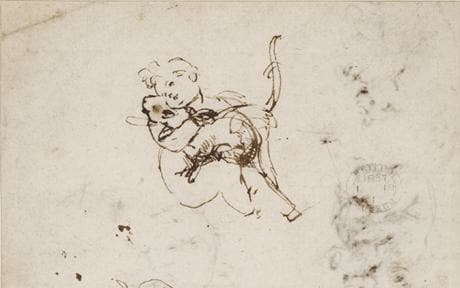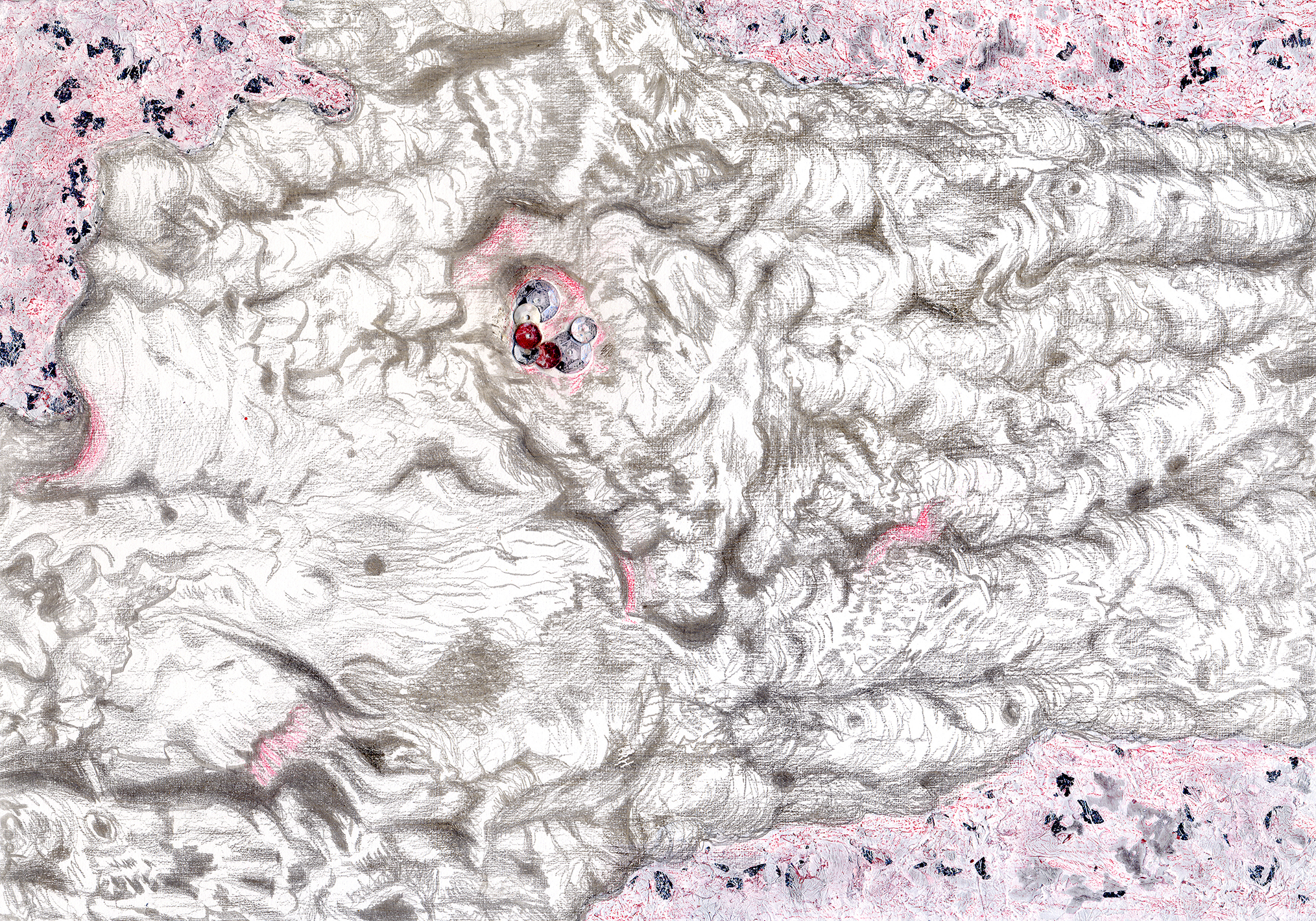Although most artists instinctively know how valuable a tool art is in all aspects of their life, helping in so many ways that don't seem directly connected with art-making, it is always interesting to have it "officially" confirmed.
The Guggenheim Museum in New York has just held a conference entitled "Thinking like an Artist: Creativity and Problem-solving in the Classroom". This is the culmination of a four-year research initiative focusing on the Art of Problem Solving, using arts education as a pathway to foster creativity and help problem-solving techniques. The U.S. Department of Education funded the study and conference.
The bottom line at the end of the study is that the Learning through Art instruction methods help in developing different skills: flexibility (the ability to rethink or revise one's plans when faced with challenges), the connection of means of achieving goals and the results achieved (the ability to assess the success of meeting the goals one had set out in the work of art) and resource recognition (the ability to identify additional materials that could be used to complete the project). Imagining, experimentation and self-reflection are other benefits mentioned in the study.
So, after four years and a million dollars spent, we can all know for certain what artists knew already: art is hugely helpful for problem-solving and general coping with life. An earlier study done under the same auspices had already confirmed that Learning through Art improved students' literacy and critical thinking. But as a result of these studies, more children might at least acquire more tools to prepare them for life if they have art incorporated into their curriculum. That would be really good.













